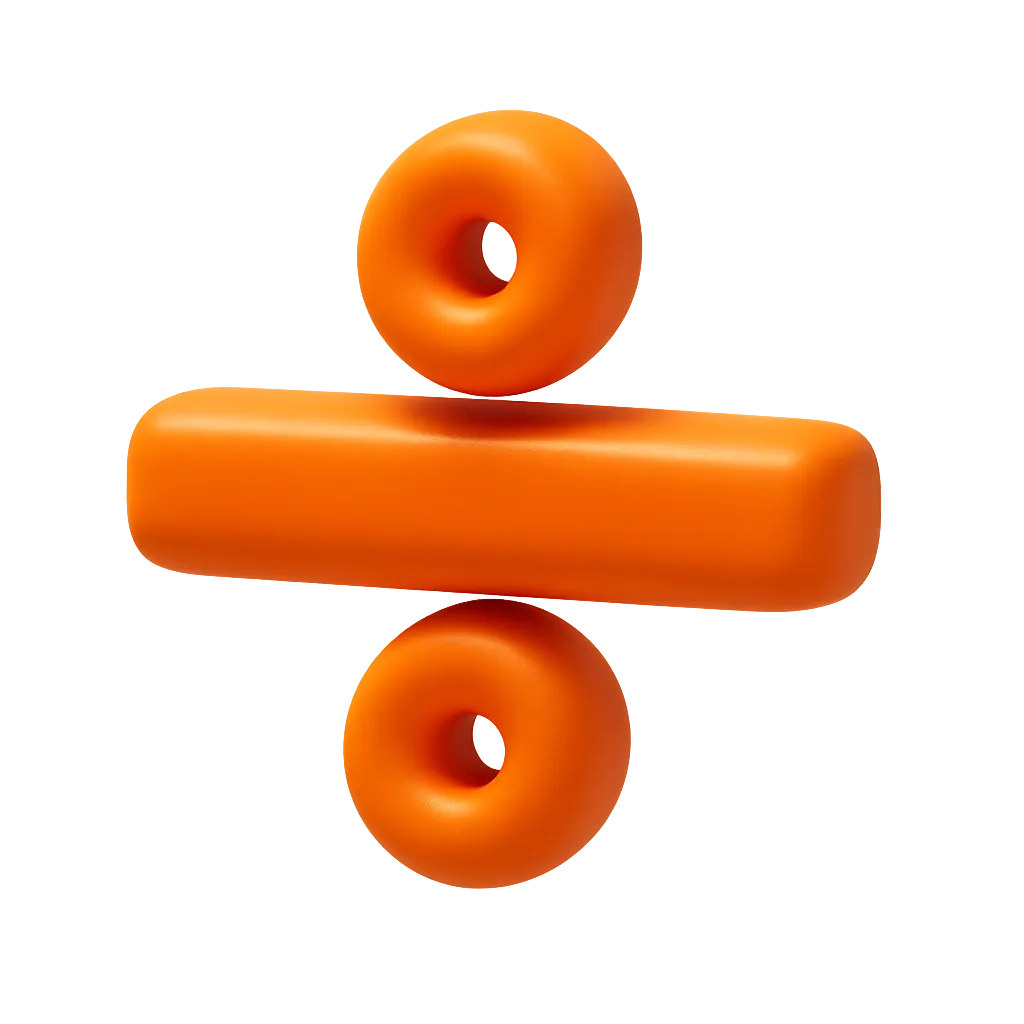Why Excavation Calculators Matter
Accurate excavation takeoffs help plan equipment, hauling, and budget.
This calculator converts site dimensions into reliable volumes so crews can schedule trucks, allocate labor, and avoid over- or under-digging.
Key uses:
- Convert trench or pit dimensions to cubic volume
- Compare Imperial vs. Metric inputs seamlessly
- Estimate total cost using a per-m³ rate
- Improve planning for hauling, backfill, and disposal
How the Calculator Works
- Choose units
- Imperial: feet + inches
- Metric: meters + centimeters
- Enter dimensions
- Length, width, and depth of the excavation
- Add cost (optional)
- Enter your cost per cubic meter to get a total
- Review outputs
- Cubic meters (m³), cubic feet (ft³), cubic yards (yd³)
- Total cost based on your input rate
Assumptions: straight-sided excavation with uniform depth. No swell/shrink factors applied.
Example Calculation
Inputs (Imperial):
- Length 20 ft 6 in, Width 12 ft 0 in, Depth 4 ft 0 in
- Cost rate: $45 per m³
Result (rounded):
- Volume ≈ 28.03 m³ = 989.6 ft³ = 36.7 yd³
- Total cost ≈ $1,261
Pro Tips
- Account for swell/shrink. Excavated soil often expands (swell) when removed and shrinks when compacted; apply your project’s factors.
- Check side slopes. Safety/OSHA slope requirements increase volume compared with vertical cuts.
- Add contingencies. Irregular subgrade, utility crossings, or over-excavation can increase quantities—plan 5–15% as needed.
Benefits & Limitations
Benefits
- Fast volume conversion with unit flexibility
- Optional cost output for budgeting and bids
- Useful for trenches, pits, pads, and footings
Limitations
- Outputs are estimates—no slope, benching, or bulking factors included
- Complex shapes and stepped excavations require plan-specific takeoffs
- Verify with drawings, geotech notes, and safety requirements



